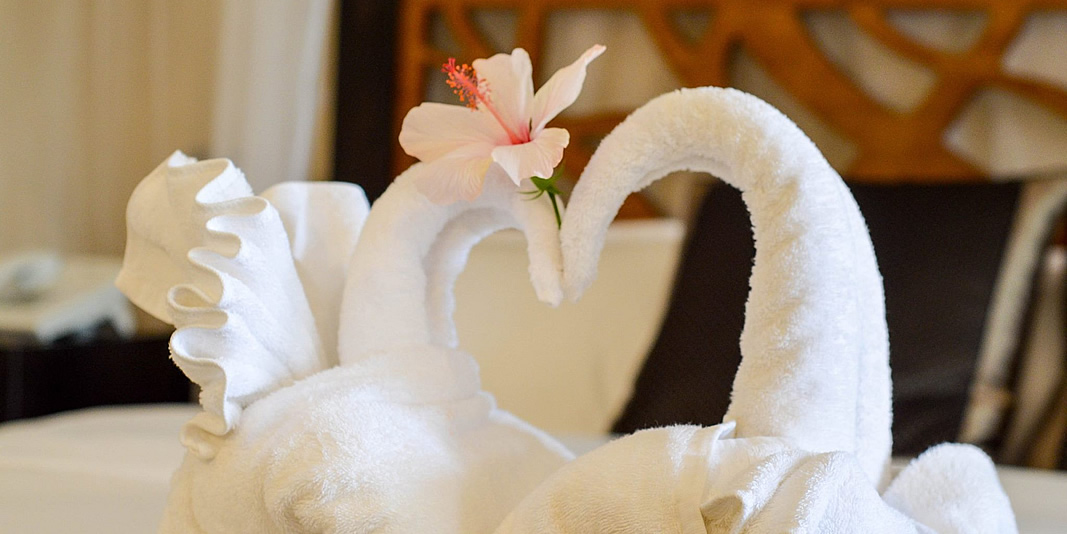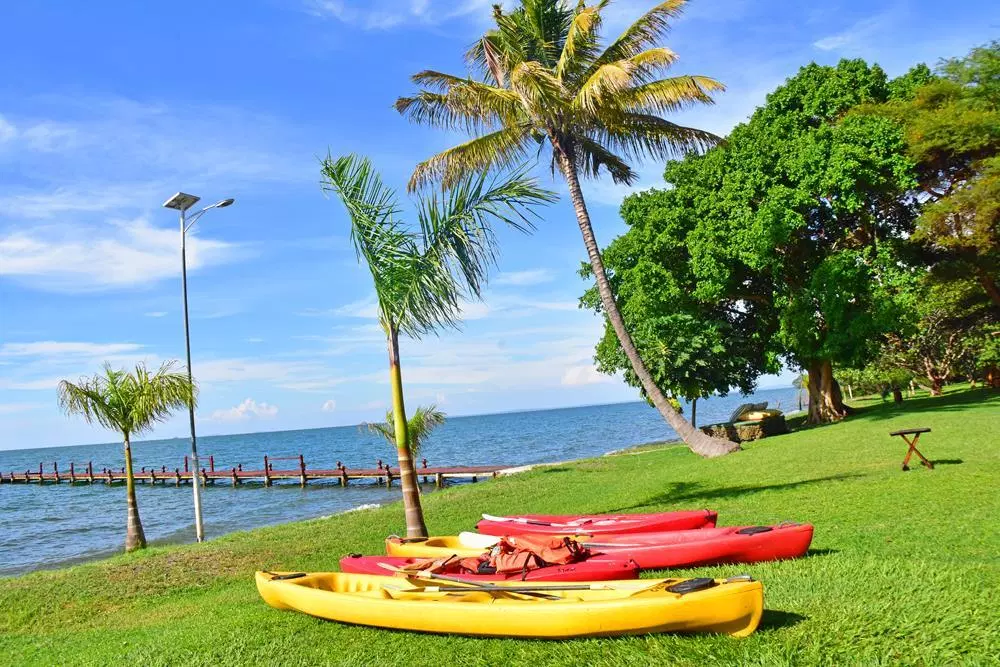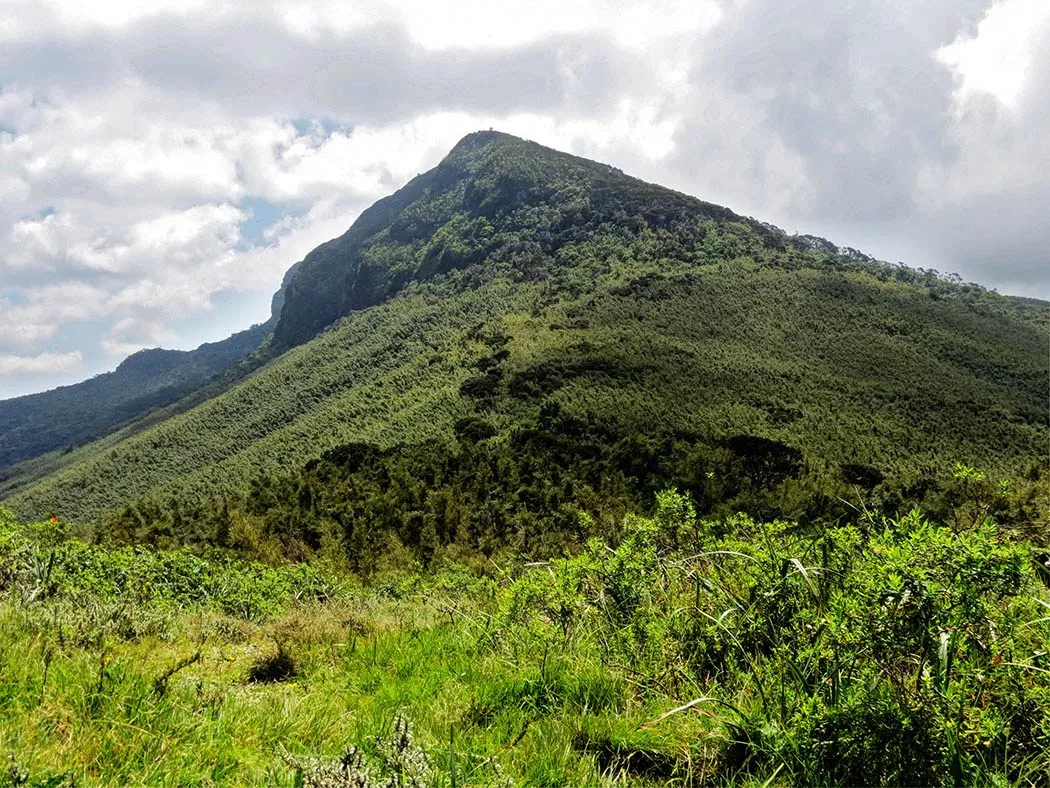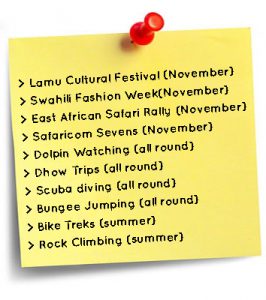Day 1 Naivasha.
On this day after breakfast we shall head to Wilson Airport to pick our chopper flight, which will fly us West wards to the Menengai craters. We shall do our tour round the crater. Then land on the crater’s base and have the scenic view from the craters’ bottom. Later we shall depart Menengai crater and land at our Naivasha hotel. Have lunch as we check-in and later go for boating at Lake Naivasha. Later head back to our hotel for dinner & overnight stay.
Meal Plan {Breakfast, Lunch, Dinner}
Day 2. Bogoria.
After an early breakfast, head to Bogoria. Lake Bogoria is a saline, alkaline lake that lies in a volcanic region in a half-graben basin south of Lake Baringo, Kenya, a little north of the equator. Lake Bogoria, like Lake Nakuru, Lake Elmenteita, and Lake Magadi further south in the Rift Valley, and Lake Logipi to the north, is home at times to one of the world’s largest populations of lesser flamingos. The lake is also famous for geysers and hot springs along the bank of the lake and in the lake. In four locations around the lake can be observed at least 10 geysers,which erupt up to 5 m high. Geyser activity is affected by the fluctuations of lake level, which may inundate or expose some geysers.
We shall do a game drive upon arrival, seeing all that the park offers. Later head to our hotel for Lunch as guest have their afternoon at leisure. Here, the couple can also enjoy the spa facilities in the hotel. Overnight and dinner at Lake Bogoria Spa and Resort.
Meal Plan {Breakfast, Lunch, Dinner}
Day 3. Nakuru- Elementaita.
Leave Bogoria early after breakfast, have early lunch in Nakuru, then go for game drive in Nakuru National Park. After game drive, we shall spend our afternoon and evening at Serena Elementaita. Dinner and overnight at the hotel.
Meal Plan {Breakfast, Lunch, Dinner}
Day 4. Maasai Mara.
Head towards south-western Kenya, to Maasai Mara after breakfast.Arrive at Mara Sarova in time for lunch. Check-in and later go for an afternoon game drive. Maasai Mara is globally famous for its exceptional population of lions, leopards and cheetahs, and the annual migration of zebra, Thomson’s gazelle, and wildebeest to and from the Serengeti every year from July to October, known as the Great Migration.
The Maasai Mara National Reserve is only a fraction of the Greater Mara Ecosystem, which includes the following Group Ranches: Koiyaki, Lemek, Ol Chorro Oirowua, Olkinyei, Siana, Maji Moto, Naikara, Ol Derkesi, Kerinkani, Oloirien, and Kimintet.
Later head back t our lodge for dinner and overnight stay.
Meal Plan {Breakfast, Lunch, Dinner}
Day 5. Maasai Mara.
On this day, we shall wake up early than usual for our hot balloon safari. We shall be picked by our driver guide to go board our balloon. Hot air ballooning has become so popular in Kenya. It’s kind of ride that takes adventure to the next level. You will see the landscape of the region in a completely different and stunning way. After landing, we shall have a picnic breakfast. Afterwards we shall then go deep in the park. Lunch will be lunch box on this day. Later, we shall be met and picked by our horse team for horseback ride in the park. Visit the Masai village as we go back to our lodge.
Meal Plan {Breakfast, Lunch, Dinner}
Day 6. Serengeti National Park through Isebania.
On this day after breakfast, we shall cross to Serengeti National Park through the Isebania border. Arrive in time for lunch & check-in then go for afternoon game drive. The park covers 14,750 square kilometers (5,700 sq mi) of grassland plains, savanna, riverine forest, and woodlands.
The Serengeti National Park is a Tanzanian national park in the Serengeti ecosystem in the Mara and Simiyu regions. Serengeti National Park, in northern Tanzania, is known for its massive annual migration of wildebeest and zebra. Seeking new pasture, the herds move north from their breeding grounds in the grassy southern plains. Many cross the marshy western corridor’s crocodile-infested Grumeti River. Others veer northeast to the Lobo Hills, home to black eagles. Black rhinos inhabit the granite outcrops of the Moru Kopjes. The park is worldwide known for its abundance of wildlife and high biodiversity.
Dinner and overnight at Sopa , Serengeti.
Meal Plan {Breakfast, Lunch, Dinner}
Day 7. Ngorongoro.
On this day after breakfast, we shall visit Ngorongoro Conservation Area.The Ngorongoro Conservation Area (NCA) is a protected area and a World Heritage Site located 180 km (110 mi) west of Arusha in the Crater Highlands area of Tanzania. The area is named after Ngorongoro Crater, a large volcanic caldera within the area. The conservation area is administered by the Ngorongoro Conservation Area Authority, an arm of the Tanzanian government, and its boundaries follow the boundary of the Ngorongoro Division of the Arusha Region. The name of the crater has an onomatopoeic origin; it was named by the Maasai pastoralists after the sound produced by the cowbell (ngoro ngoro). Based on fossil evidence found at the Olduvai Gorge, various hominid species have occupied the area for 3 million years. Approximately 25,000 large animals, mostly ungulates, live in the crater. Large animals in the crater include the black rhinoceros, the local population of which declined from about 108 in 1964-66 to between 11-14 in 1995, the African buffalo or Cape buffalo, and the hippopotamus. There also are many other ungulates: the blue wildebeest, Grant’s zebra, the common eland, and Grant’s and Thomson’s gazelles. Waterbucks occur mainly near Lerai Forest. There are no topis, or crocodiles. Impala are absent because the open woodland they prefer does not exist. Giraffe also are absent, possibly because of a lack of browse species. Cheetah , East African wild dog, and African leopard are rarely seen.
We shall have lunch then head to our Arusha hotel,Mount Meru.
Meal Plan {Breakfast, Lunch, Dinner}
Day 8. Arusha.
On this day, guests shall spend at leisure.
Day 9. Amboseli through Namanga.
On this day after breakfast, guest shall leave early after breakfast, and through Namanga border, cross to Kenya’s land. Head straight to Amboseli National Park. Have lunch and later visit the park.
About 240 km southeast of Nairobi, Amboseli National Park is the second-most popular national park in Kenya after Maasai Mara National Reserve. The park is 39,206 hectares in size at the core of an 8,000 km2 ecosystem that spreads across the Kenya-Tanzania border. The local people are mainly Maasai, but people from other parts of the country have settled there attracted by the successful tourist-driven economy and intensive agriculture along the system of swamps that makes this low-rainfall area, average 350 mm , one of the best wildlife-viewing experiences in the world with 400 species of birds including water birds like pelicans, kingfishers, crakes, hamerkop and 47 raptor species. The park is also famous for being the best place in the world to get close to free-ranging elephants. Other attractions of the park include opportunities to meet Maasai and visit a Maasai village. The park also has views of Mount Kilimanjaro, the highest free-standing mountain in the world.
We shall later head back to our hotel for dinner & overnight stay.
Meal Plan {Breakfast, Lunch, Dinner}
Day 10. Tsavo East.
One of the largest parks in the country, Tsavo East offers vast and untapped areas of arid bush punctuated by the azure and emerald meandering of river Galana. It is guarded by the limitless lava reaches of Yatta Plateau and patrolled by some of the largest elephant herds in Kenya. Tsavo East National Park is also one of the oldest and largest parks in Kenya at 13,747 square kilometres., situated in a semi-arid area previously known as the Taru Desert it opened in April 1948, and is located near the town of Voi in the Taita-Taveta County of the former Coast Province. The park is divided into east and west sections by the A109 road and a railway. Named for the Tsavo River, which flows west to east through the national park, it borders the Chyulu Hills National Park, and the Mkomazi Game Reserve in Tanzania.
Inside Tsavo East National Park, the Athi and Tsavo rivers converge to form the Galana River. Most of the park consists of semi-arid grasslands and savanna. It is considered one of the world’s biodiversity strongholds, and its popularity is mostly due to the vast amounts of diverse wildlife that can be seen, including the famous ‘big five’ consisting of lion, black rhino, cape buffalo, elephant and leopard. The park is also home to a great variety of bird life such as the black kite, crowned crane, lovebird and the sacred ibis. Tsavo East National Park is generally flat, with dry plains across which the Galana River flows. Other features include the Yatta Plateau and Lugard Falls.
We have our day here on this day.
Meal Plan {Breakfast, Lunch, Dinner}
Day 11. Mombasa Island.
After breakfast, we shall head southwards to Mombasa. In case we are up early the next morning, we shall have a short game drive at Tsavo West National Park. Tsavo West National Park is more mountainous and wetter, with swamps, Lake Jipe and the Mzima Springs. It is known for birdlife and for its large mammals. It is also home to a black rhino sanctuary.
Arrive in Mombasa in time for lunch. Mombasa is a seaport city on the coast of Kenya, along the Indian Ocean. It is the country’s oldest and second-largest city after the capital Nairobi. Mombasa’s situation on the Indian Ocean made it a historical trading center,[3] and it has been controlled by many countries because of its strategic location. The island is separated from the mainland by two creeks, Port Reitz in the south and Tudor Creek in the north.
Have Swahili dish for lunch in the old city. We shall later do a city tour, visiting Forte Jesus, cross to Nyali , which is on the mainland north of the island and is linked by the New Nyali Bridge and visit Mamba Village. Later retire in our hotel for dinner and overnight stay.
Meal Plan {Breakfast, Lunch, Dinner}
Day 12. Watamu.
On this day, we shall spend most of our day in Watamu. We have loads of activities to do in Watamu. Watamu is a small town located approximately 105 km north of Mombasa and about 15 km south of Malindi on the Indian Ocean coast of Kenya. It lies on a small headland, between the Blue Lagoon and Watamu Bay. Its main economic activities are tourism and fishing and it is part of the Kilifi County. The shoreline in the area features white sand beaches and offshore coral formations arranged in different bays and beach: Garoda Beach, Turtle Bay, Blue Lagoon Bay, Watamu Bay, Ocean breeze, and Kanani reef and Jacaranda beach. They are protected as part of the Watamu Marine National Park. The Marine Park is considered one of the best snorkeling and diving areas on the coast of East Africa. It is also rated the third-best beach in Africa, for its crystal clear water and silver sand beaches. In order to assist the managing authorities namely Kenyan Wildlife Service, in protecting the Park, local community groups, the tourist sector and environmental groups have formed a unique organisation,Watamu Marine Association Members of this group are Turtle Bay, Hemingways, Ocean Sports, Arocha Kenya,Lonno Lodge Mida Community Conservation group, Watamu Boat Operator, Safari Sellers and women’s group.
Seabirds, as well as green and hawksbill turtles, inhabit Mida Creek with its sand flats and mangrove forest. Inland, Arabuko-Sokoke Forest Reserve is home to elephants, monkeys and rare birdlife. We can also visit the Gedi Ruins.
Return to our hotel later for dinner & overnight stay.
Meal Plan {Breakfast, Lunch, Dinner}
Day 13. Malindi & Lamu
On this day, we shall visit Malindi and Lamu after breakfast. Later come back to our Kilifi hotel for dinner and overnight stay.
Day 14. Back to Nairobi by SGR train.
Included Safari Features
- Round trip transport from Nairobi, through the sites mentioned in the above itinerary and back to Nairobi.
- Multi-lingual Professional Safari Guide/Driver.
- Recommended accommodation.
- Guaranteed departures for at least two (2) guests for Private trips, at least four (4) guests on Luxury trips and at least six (6) or more guests for budget booking.
- Complimentary Mineral Water in the Safari Minibus whilst on Safari.
- Membership in Flying Doctors Society – Emergency air rescue.
- Safari vehicles carry cold drinks and mineral water.
- Guaranteed window seating with open top/ roof.
- All meals included while on safari.
- Pre–tour itinerary document.
- Extensive Game drives.
- 100% of the total sum of the trip to be paid before the day of the Safari.
- Government Levy, VAT and Service charges are included.
- Guaranteed clean, well serviced & well conditions cars.
Excluded Safari Features
- Personal expenses such traveling insurance, excess baggage fee, communication charges that includes, emails, faxes, cell phones, airtime and phone calls, beverages or meals not indicated in the itinerary.
- All applicable Game Park entrance fees.
- Optional Night Game drives, Bird watching, Nature walks, evening outings etc.
- Gratuity for Porte rage, waiters at hotels, camps and airports.
- Christmas, New Year and Easter Supplements.
- Gratuity for your professional driver guide.
- Sundowner bush cock tails, balloon Safaris, Horse Rides, Chopper trips, Yatch trips, Drown recorded trips and bush dinner. Although they can be provided on request.
- Cost of obtaining passport and visas while crossing borders.
- International/ Local / Flying Doctors Airfares.
Kindly note: We considerately advocate for M-Pesa payment for your safari using our TILL NUMBER.








